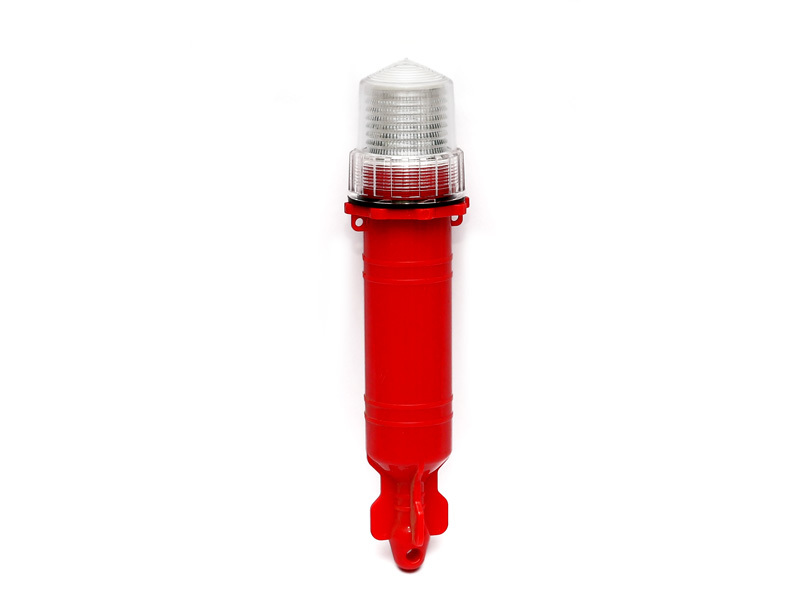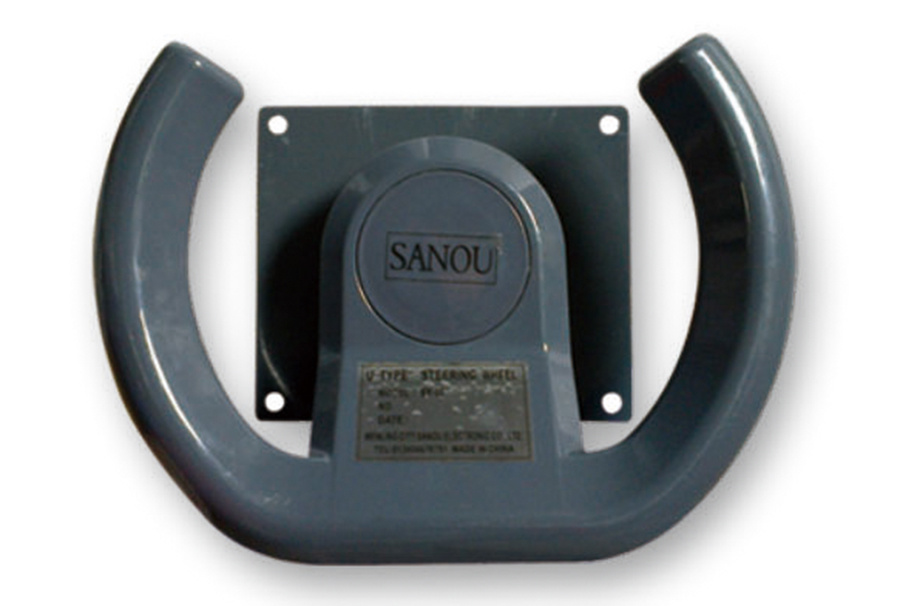News Center
How to Choose the Right Marine Automatic Charger for Your Needs
How to Choose the Right Marine Automatic Charger for Your Needs
Table of Contents
1. Understanding Marine Automatic Chargers
2. Importance of Choosing the Right Charger
3. Key Features to Look for in Marine Chargers
3.1. Voltage Compatibility
3.2. Amperage Rating
3.3. Battery Type Support
3.4. Automatic Shutoff Functionality
3.5. Size and Portability
4. Different Types of Marine Chargers
4.1. Onboard Chargers
4.2. Portable Chargers
4.3. Smart Chargers
5. Installation and Maintenance Tips
6. Frequently Asked Questions (FAQs)
7. Conclusion
1. Understanding Marine Automatic Chargers
Marine automatic chargers are specialized devices designed to maintain and charge the batteries used in boats and other marine vehicles. These chargers automatically adjust their output to suit the battery's charge level, ensuring a safe and efficient charging process. By understanding how these chargers operate, you can significantly enhance the performance and longevity of your marine batteries.
2. Importance of Choosing the Right Charger
Selecting the right marine automatic charger is crucial for several reasons. A suitable charger can help avoid overcharging, which can damage batteries and lead to reduced performance. Moreover, the right charger ensures that your batteries are always ready for use, giving you peace of mind during your marine adventures. An inappropriate charger can lead to inefficiencies and potential hazards, making the decision all the more critical.
3. Key Features to Look for in Marine Chargers
When evaluating marine automatic chargers, several essential features should guide your decision-making process.
3.1. Voltage Compatibility
Marine batteries usually come in 12V, 24V, or 36V configurations. Ensure that the charger you choose is compatible with the voltage of your batteries. Mismatched voltage can lead to ineffective charging and battery damage.
3.2. Amperage Rating
The amperage rating of a charger indicates how quickly it can charge a battery. A higher amperage rating results in faster charging times. However, it's essential to select a charger that matches your battery's capacity to prevent overheating and damage.
3.3. Battery Type Support
Batteries come in various types, including lead-acid, AGM, gel, and lithium-ion. Not all chargers support every battery type. Check that your chosen charger is specifically designed to handle the type of battery you will be using.
3.4. Automatic Shutoff Functionality
An automatic shutoff feature enhances safety by preventing overcharging. Look for chargers that automatically switch off when the battery reaches a full charge, as this protects your battery and extends its lifespan.
3.5. Size and Portability
Depending on your boating style, portability may be a decisive factor. If you plan to move your charger frequently, opt for a lightweight and compact model. On the other hand, if you prefer a permanent setup, size may be less of a concern.
4. Different Types of Marine Chargers
Understanding the various types of marine chargers available will help you make an informed decision.
4.1. Onboard Chargers
Onboard chargers are permanently installed in the boat. They are convenient for regular use and can charge multiple batteries simultaneously. These chargers are ideal for frequent boaters who require a reliable charging solution.
4.2. Portable Chargers
For those who prioritize flexibility, portable chargers are an excellent choice. These chargers can be easily transported and used in various locations. While they may not charge batteries as fast as onboard chargers, their versatility makes them a popular option for many boaters.
4.3. Smart Chargers
Smart chargers offer advanced features such as microprocessor control, which adjusts the charging process based on battery conditions. They provide optimal charging and maintenance, making them an excellent investment for those looking to maximize battery lifespan.
5. Installation and Maintenance Tips
Proper installation and maintenance of your marine charger are vital to ensure its longevity and performance.
1. **Follow Manufacturer Instructions**: Always follow the installation guidelines provided by the manufacturer to avoid any issues.
2. **Regularly Inspect Connections**: Check for loose or corroded connections, which can hinder charging efficiency.
3. **Keep the Charger Dry**: Water exposure can lead to short circuits. Ensure that the charger is installed in a dry and protected area of the boat.
4. **Test the Charger Periodically**: Conduct regular tests to ensure the charger is functioning properly and charging the batteries as intended.
5. **Store Properly When Not in Use**: If you’re using a portable charger, store it in a cool, dry place when it’s not in use to prevent damage.
6. Frequently Asked Questions (FAQs)
What is the difference between a smart charger and a regular charger?
Smart chargers can assess battery conditions and adjust their charging process accordingly, while regular chargers typically have a fixed output.
Can I use a car charger for my marine batteries?
Most car chargers are not designed for marine batteries, which can lead to overcharging or inadequate charging. It’s best to use a charger specifically designed for marine applications.
How do I know if my marine charger is working properly?
Regularly testing the charger with a multimeter can help you determine its functionality. Additionally, observe if the batteries charge efficiently without overheating.
What is the lifespan of a marine automatic charger?
With proper care and maintenance, a marine automatic charger can last several years, typically ranging from 5 to 10 years.
Is it safe to leave my charger plugged in all the time?
If the charger has an automatic shutoff feature, it is generally safe to leave it plugged in. However, regularly monitor the batteries to ensure they are not overcharging.
7. Conclusion
Choosing the right marine automatic charger is essential for maintaining the health and performance of your marine batteries. By considering factors such as voltage compatibility, amperage rating, and battery type support, you can ensure that your batteries receive the best possible care. Whether you opt for an onboard, portable, or smart charger, understanding the features and installation requirements will enable you to make an informed decision. With the right charger, your marine adventures will be worry-free, allowing you to focus on enjoying your time on the water.
Related News
Why the Aicom 304 Microphone is a Game Changer for Content Creators
Why the Aicom 304 Microphone is a Game Changer for Content Creators In the ever-evolving landscape of digital content creation, the importance of high-quality audio cannot be overstated. As a content creator, whether you're a podcaster, streamer, or YouTube enthusiast, the tools you use directly impact the quality of your work. Among the multitude of options available, the Aicom 304 Microphone sta
Unlocking the Potential of the Hua Xun M2000 Microphone: A Comprehensive Guide for Professionals
The Hua Xun M2000 microphone is a noteworthy choice for professionals in various fields, especially for those in content creation, broadcasting, and conferencing. Its design and functionality cater to the demands of high-fidelity audio capture while ensuring user-friendly operation. In this article, we will explore the technical attributes and advantages of the Hua Xun M2000 microphone, providing
Large Bakelite Steering Wheels: The Overlooked Component in Gear Mechanisms
Large Bakelite Steering Wheels: The Overlooked Component in Gear Mechanisms Table of Contents 1. Introduction to Bakelite Steering Wheels 2. A Brief History of Bakelite in Industrial Applications 3. The Functional Role of Large Bakelite Steering Wheels 4. Benefits of Using Bakelite Steering Wheels in Gear Mechanisms 5. Applications of Large Bakelite Steering Wheels 6. Maintenance Tips




